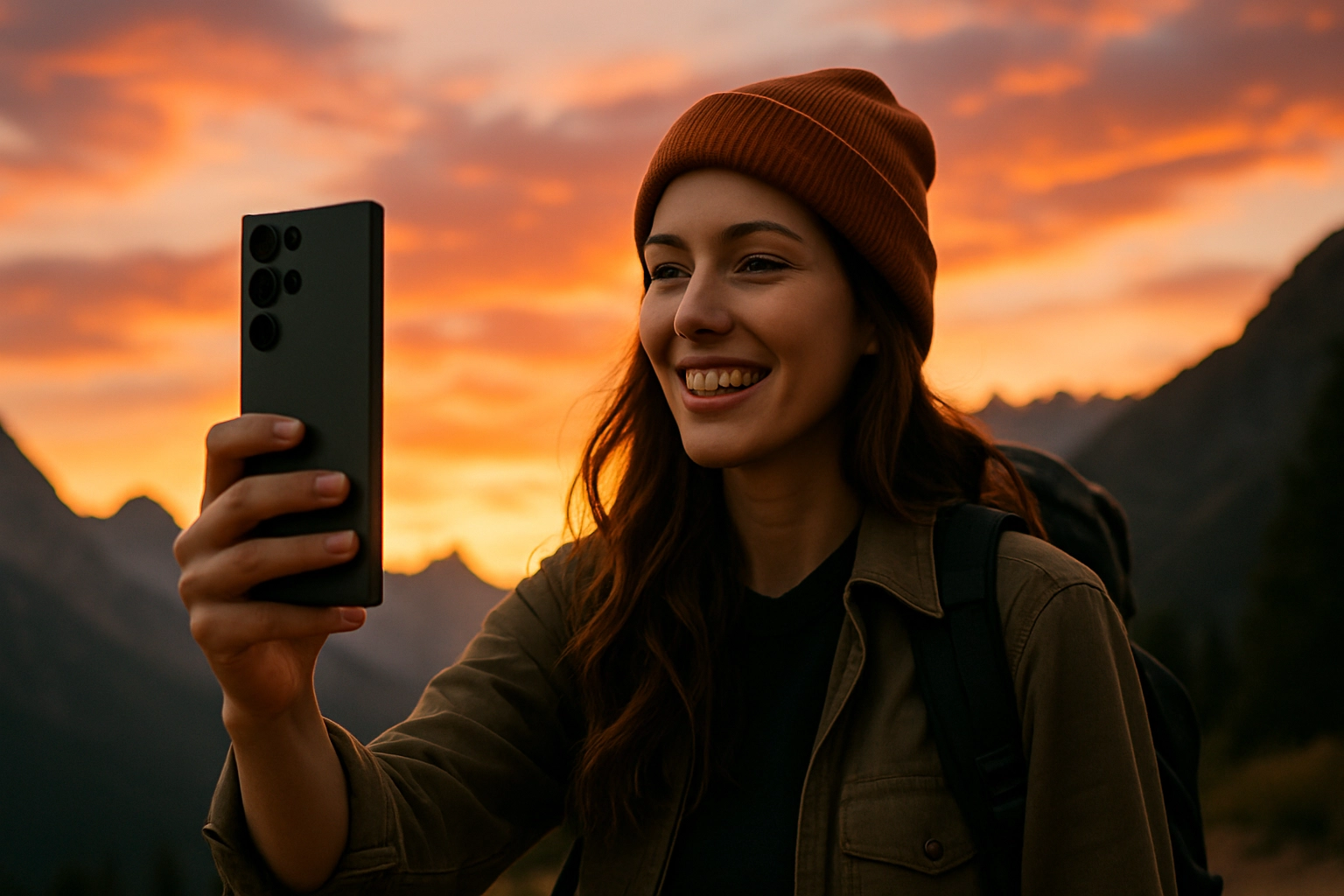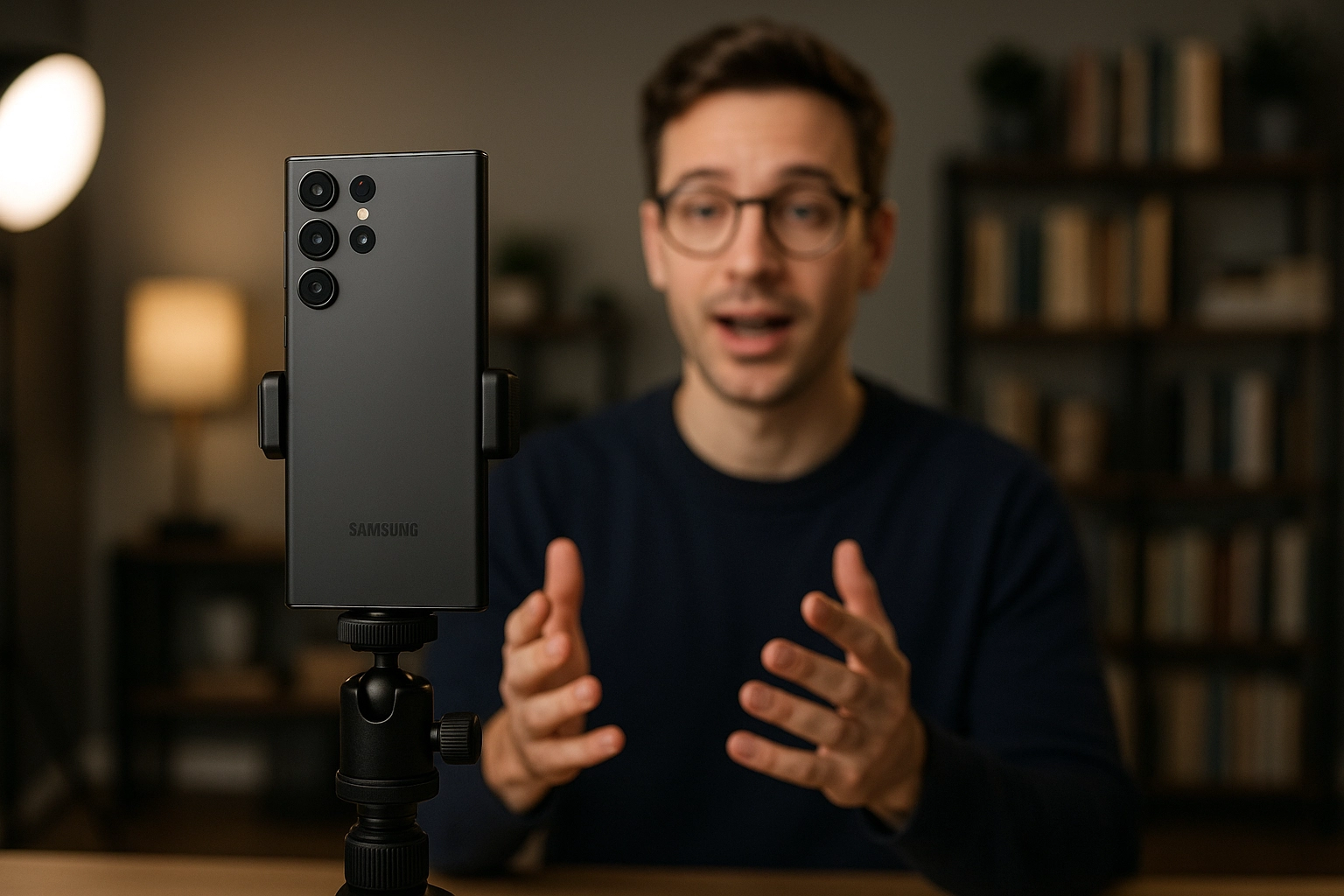The Best Samsung Camera Settings for Stunning Landscape Shots
- From Brian Walker
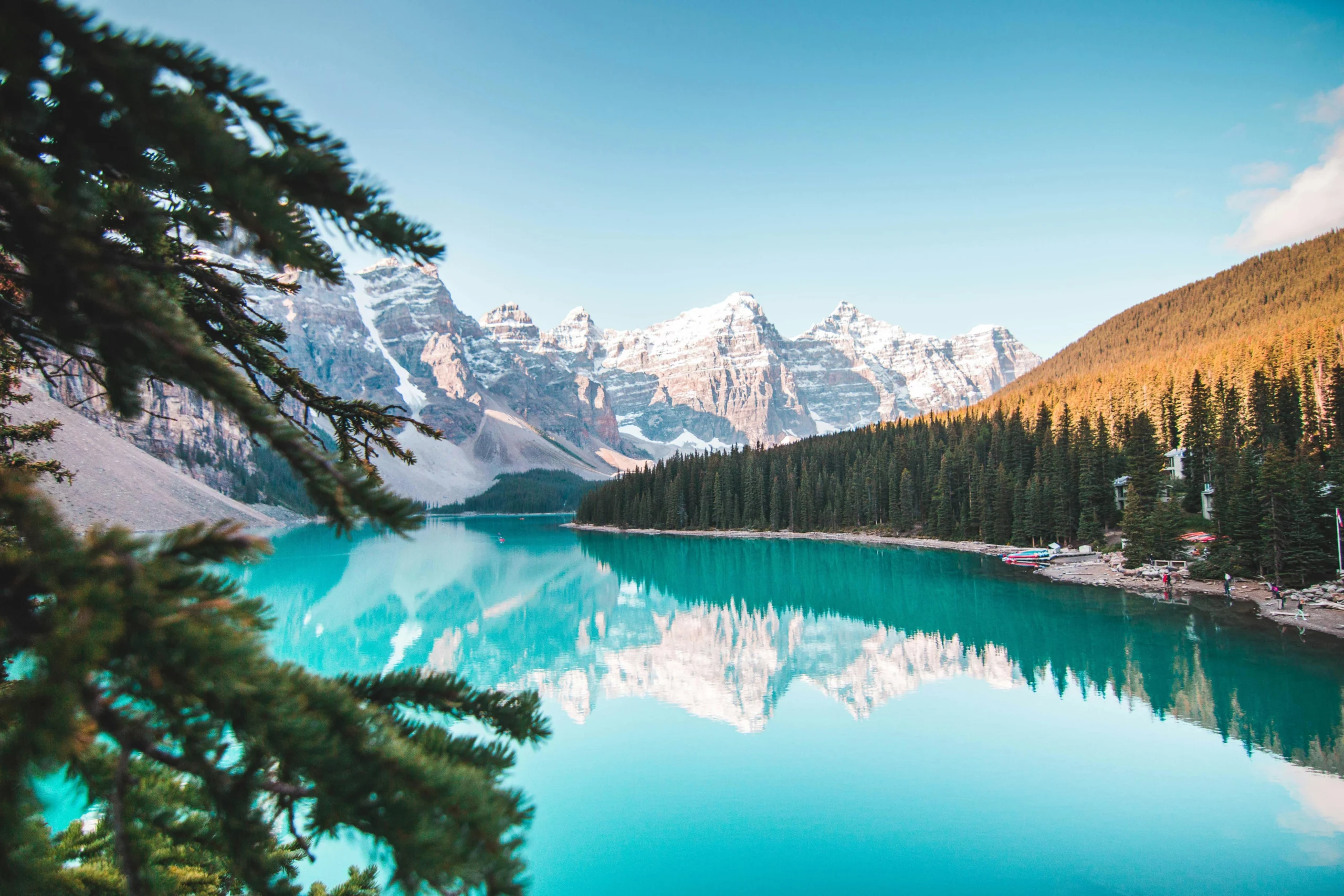
Landscapes are one of the most rewarding subjects to capture, and your Samsung smartphone is more than capable of producing breathtaking results. The secret lies in knowing which camera settings will help you capture the scene as vividly as you see it with your own eyes. In this guide, we’ll break down the essential Samsung camera settings for next-level landscape photography.
1. Switch to Pro Mode for Maximum Control
While Auto mode can do a decent job, landscapes deserve fine-tuned settings.
-
How to Access: Open Camera → More → Pro (or Pro Photo).
-
Why It Works: Pro Mode gives you control over ISO, shutter speed, white balance, and focus — allowing you to adapt to changing light conditions.
-
Pro Tip: Keep ISO low (50–100) to minimize noise and maintain image clarity.
2. Use the Ultra-Wide Lens for Impact
Nothing says “epic” like a wide field of view.
-
How to Enable: Tap the 0.5x icon on your lens selection.
-
When to Use: For vast mountain ranges, sweeping coastlines, or dramatic skies.
-
Pro Tip: Keep the horizon level and avoid tilting the camera too much to prevent distortion.
3. Set Aperture for Depth of Field (If Available)
Some Samsung models (like the Galaxy Note and S series with variable aperture) let you control depth of field.
-
Setting Recommendation: Use f/8 or f/11 equivalent for landscapes to keep everything in focus from foreground to background.
-
Why It Works: Ensures sharpness across the frame, especially when including foreground interest like flowers or rocks.
4. Adjust White Balance for True Colors
Landscapes often have strong color tones (sunsets, greenery, blue skies).
-
How to Set: In Pro Mode, set WB manually instead of Auto.
-
Pro Tip: Use “Daylight” for midday shots, “Cloudy” for warm tones in overcast weather, and fine-tune with the Kelvin scale for creative results.
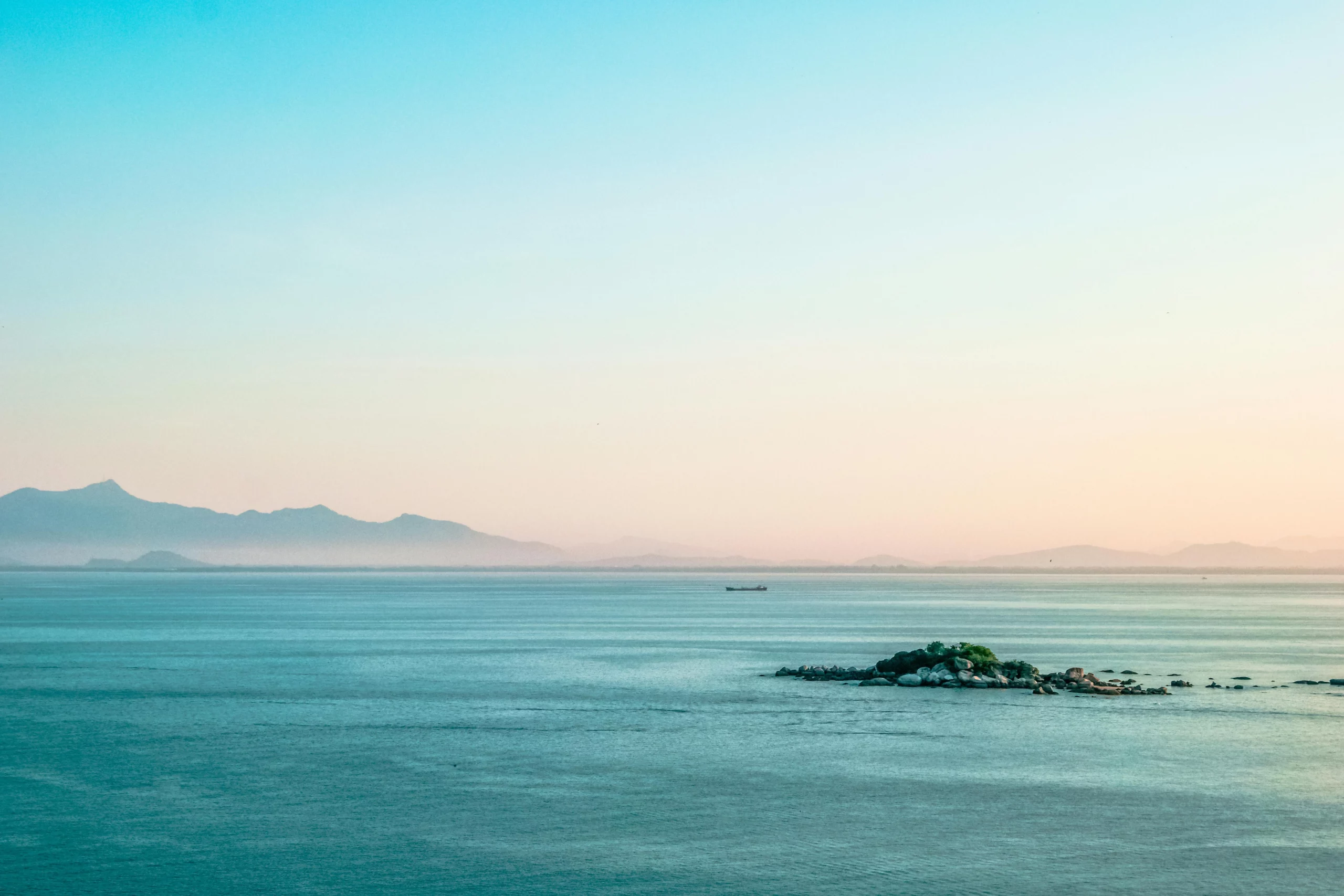
5. Keep Shutter Speed in Check
For still landscapes, a slightly slower shutter speed helps maintain detail and dynamic range.
-
Recommendation: 1/125s to 1/250s for handheld; slower speeds (1/4s–1s) for tripod shots of water, clouds, or low-light scenes.
-
Pro Tip: Use a tripod when going below 1/60s to avoid camera shake.
6. Shoot in RAW for Post-Editing Power
RAW files store every bit of detail your sensor captures.
-
How to Enable: Camera Settings → Picture Format → RAW Copies.
-
Why It Works: You can recover highlights in bright skies or shadows in forests without losing quality.
7. Use the Grid Lines for Composition
Composition is everything in landscape photography.
-
How to Enable: Camera Settings → Grid Lines → 3×3.
-
Pro Tip: Place the horizon along the top or bottom third of the frame — never dead center — for a more dynamic shot.
8. Lower Exposure to Avoid Blown-Out Skies
Landscapes often have bright skies that can overexpose easily.
-
How to Do It: Slide the exposure bar down slightly when framing your shot.
-
Why It Works: Preserves highlight detail, allowing you to brighten shadows later in editing.
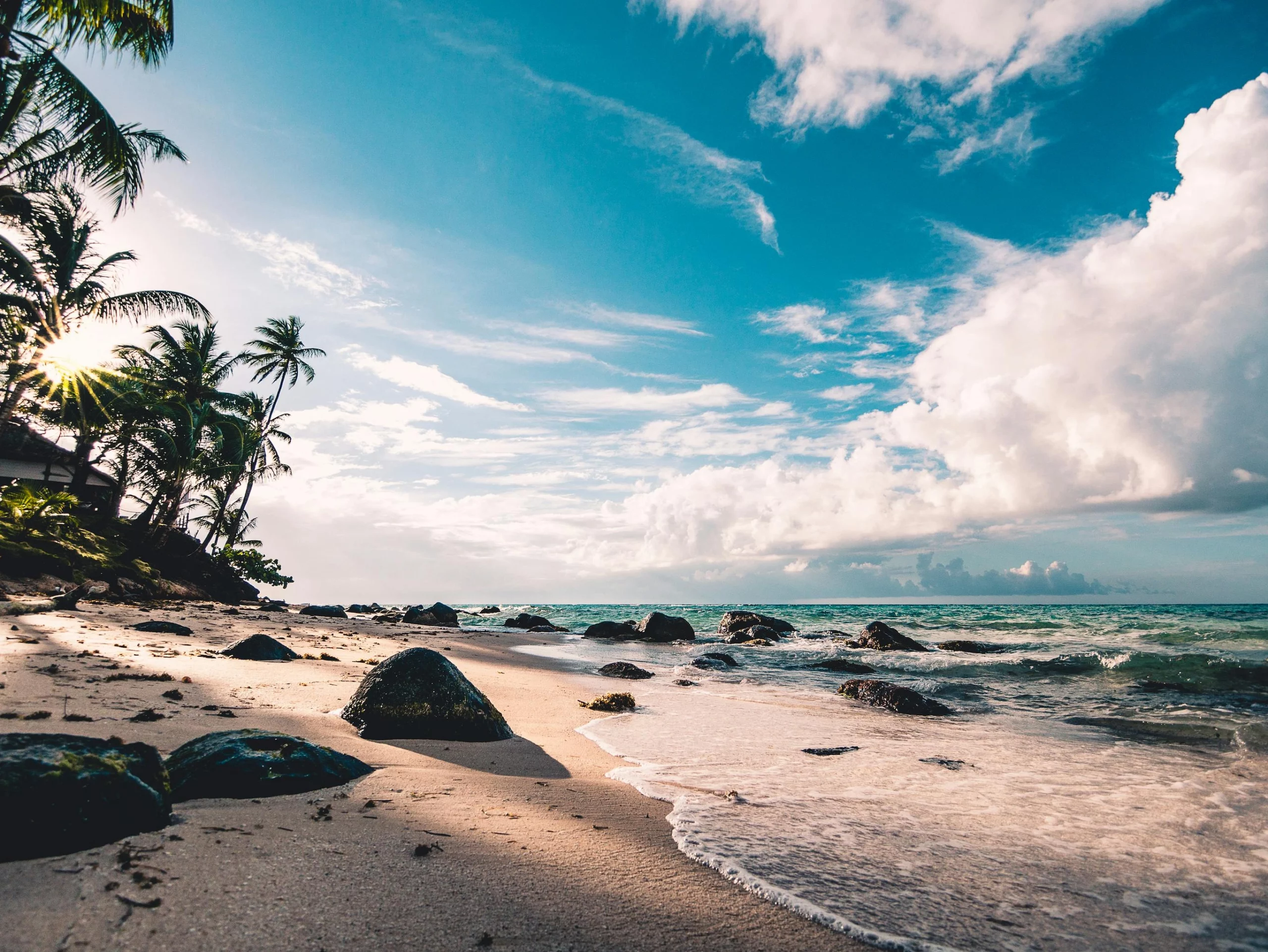
9. Use HDR Mode for Balanced Light
HDR (High Dynamic Range) blends multiple exposures into one balanced image.
-
When to Use: Scenes with both bright skies and dark foregrounds.
-
Pro Tip: Avoid HDR in windy conditions — moving trees or grass can create ghosting effects.
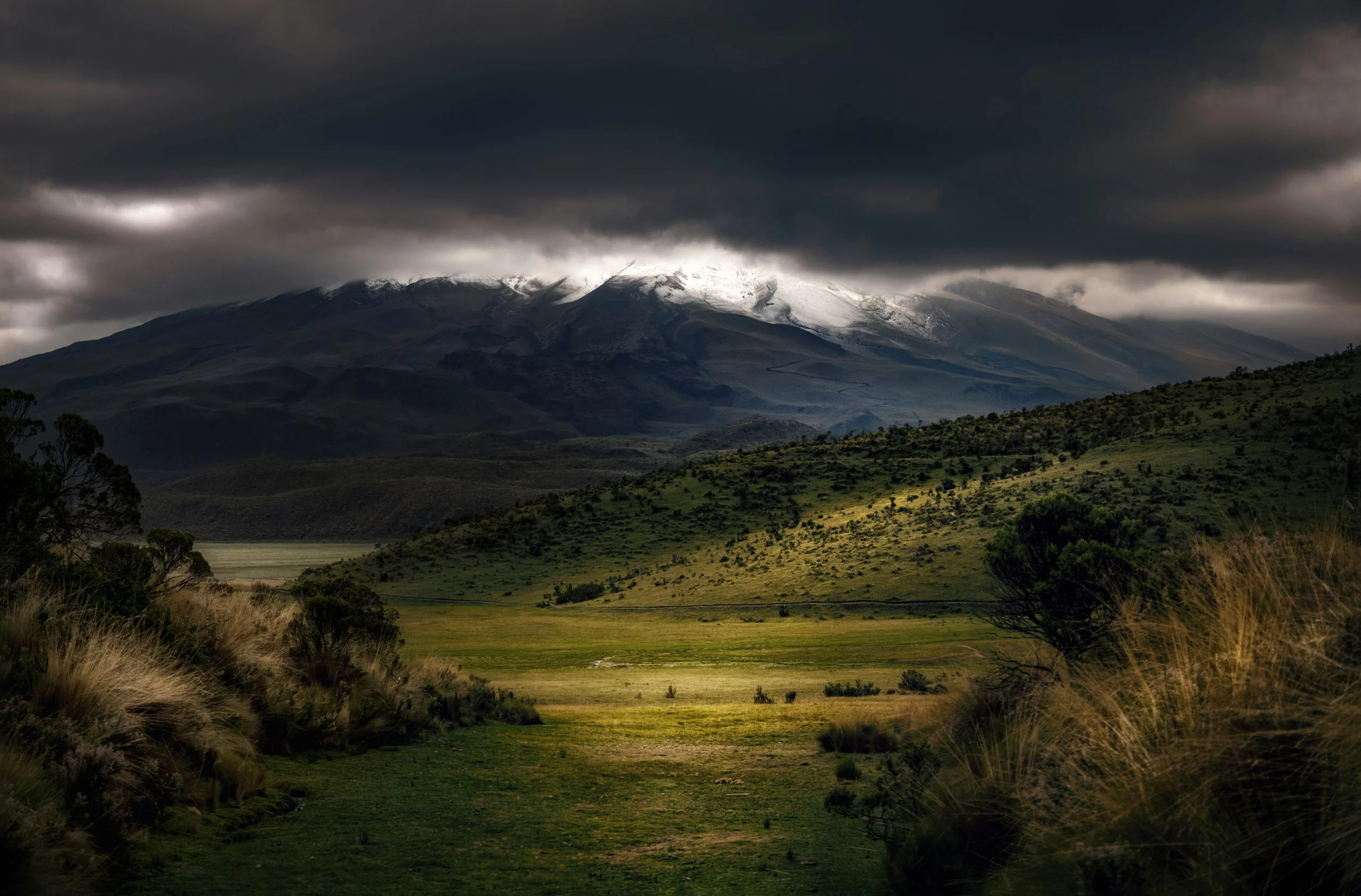
10. Stabilize for Crisp Shots
Even small hand movements can blur your image.
-
How to Do It: Brace your elbows against your body, use two hands, or mount your phone on a tripod.
-
Bonus: Use a Bluetooth remote or the volume button as a shutter to avoid touching the screen.
Conclusion:
Great landscape photography is about more than just being in the right place — it’s about knowing how to make the most of your camera’s capabilities. By mastering these Samsung settings, you’ll be able to capture breathtaking vistas that look as stunning on screen as they do in real life.
